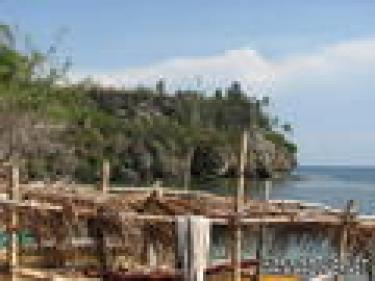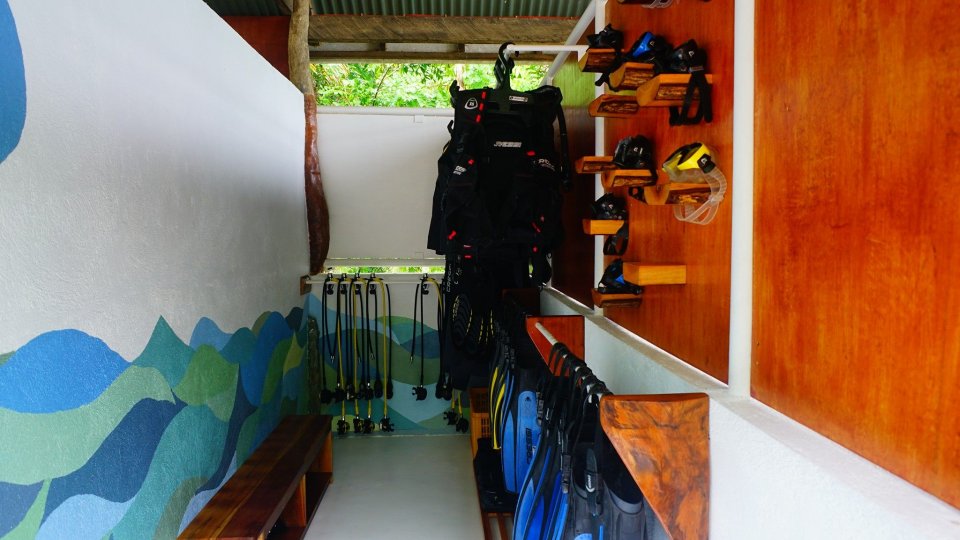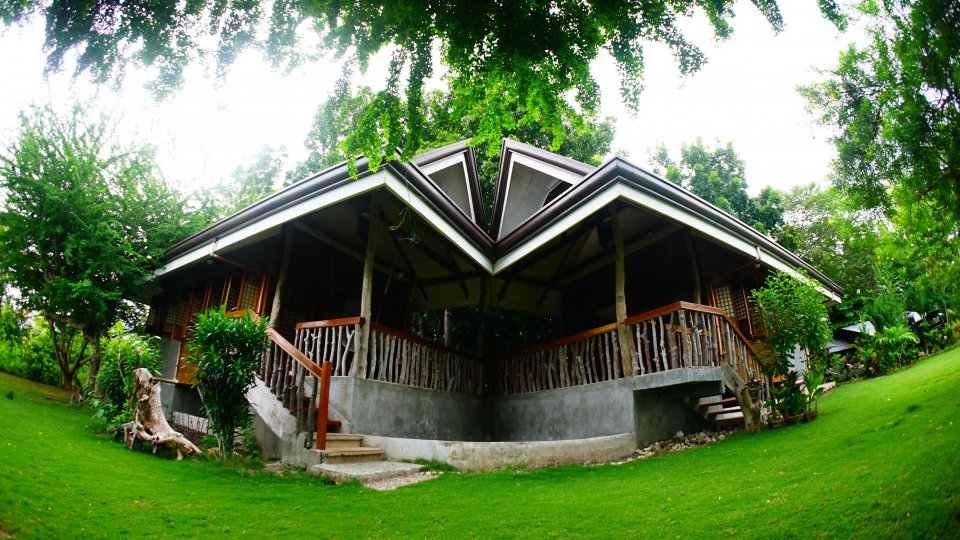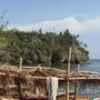Dive in Siquijor
Diving packages in Siquijor
-
Fun Dives in Cangdoki Housereef
1 dives - PHP 1,300.00 /dive 3 dives - PHP 1,150.00 /dive 5+ dives - PHP 1,100.00 /dive 10+ dives - PHP 1,050.00 /dive Night Dive -PHP 1,450.00 /dive22 $ More Information -
Open Water Diver Course
If you’ve always wanted to take scuba diving lessons, experience unparalleled adventure and see the world beneath the waves, this is where it starts. Get your scuba diving certification with the PADI Open Water Diver course – the world’s most popular and widely recognized scuba course. Millions of people have learned to scuba dive and gone on to discover the wonders of the aquatic world…306 $ More Information -
Fun dives around Siquijor Island
1 dive - PHP 1,400.00/dive3 dives - PHP 1,250.00/dive5+ dives - PHP 1,175.00/dive10+ dives - PHP 1,125.00/diveNight Dive - PHP 1,550.00/dive24 $ More Information -
Divemaster Course
Love scuba diving? Want to share it with others on a whole new level? Take the PADI Divemaster course and do what you love to do as a career. Scuba divers look up to divemasters because they are leaders who mentor and motivate others. As a divemaster, you not only get to dive a lot, but also experience the joy of seeing others have as much fun diving as you do. The PADI Divemaster course is your…1 055 $ More Information -
Advanced Open Water Diver Course
Exploration, Excitement, Experiences. That’s what the PADI Advanced Open Water Diver course is all about. You don’t have to be “advanced” to take it – it’s designed to advance your diving, so you can start right after earning your PADI Open Water Diver certification. The course helps build confidence and expand your scuba skills through different Adventure Dives. You try out different…264 $ More Information
Diving in Siquijor
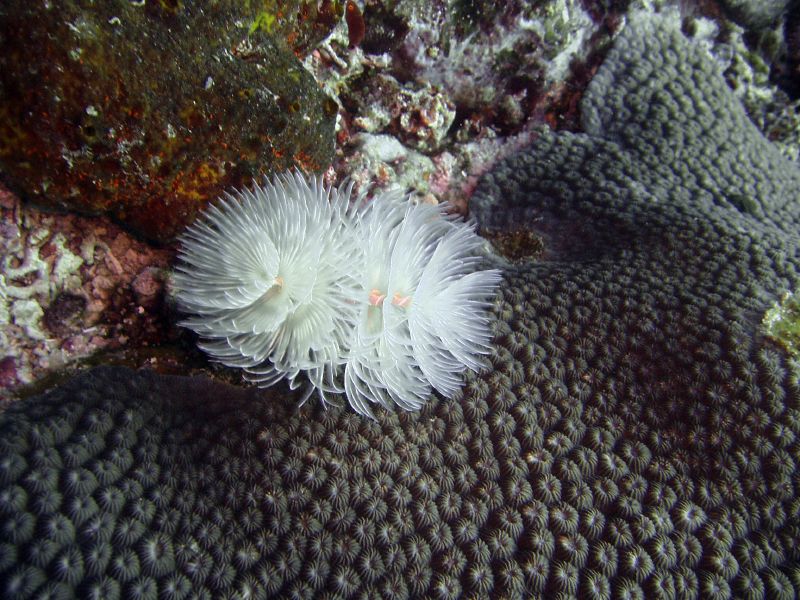
Siquijor Island is mostly made up of limestone material and fringed by mangroves, white sandy beaches and coral reefs. It has approximately 102 kilometers of shoreline. With the exception of relatively flat coastal plains in Lazi and San Juan, most of the island’s interior is either hilly or mountainous. The center of the island is elevated, the highest point of which is the Mt. Bandilaan, rising at approximately 557 meters above sea level.
Being a coral island, it also invites diving enthusiasts to explore the reefs surrounding the island, teeming with marine life which have been remarkably left untouched. There is really good diving around the island, especially in southern end.

Travel to Siquijor
The whole island of Siquijor was declared a marine reserve and tourist zone in 1978 by virtue of Proclamation No. 1810. As such, the island-province will be developed into a major tourist destination under the supervision of the Philippine Tourism Authority.
Known for its scenic beauty and archaic churches, Siquijor is also blessed with natural and historical attractions. Its unspoiled environment and the warm hospitality of its people never fail to beckon visitors from all over. The serenity of the whole province makes it ideal for a perfect getaway.
It lures nature lovers and adventurers to explore its numerous caves, springs and rivers, and to climb up Mount Bandilaan, the highest peak at the center of the island. Being a coral island, it also invites diving enthusiasts to explore the reefs surrounding the island, teeming with marine life which have been remarkably left untouched.
For tourists who just want to lay back and relax, the island offers a never-ending stretch of white sand beaches, all 102 kilometers of shorelines surrounding the island. It also provides a trip to the past with the old Cang-Isok house, St. Francis de Assisi Church, St. Isidore Labrador Parish and Convent which is reputed to be one of the country’s largest convents. With such varied tourist attractions, Siquijor looms as the playground of the Central Visayas region.
